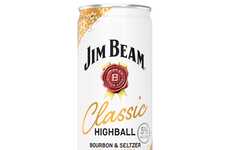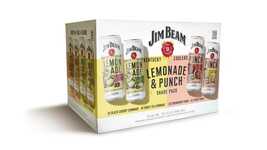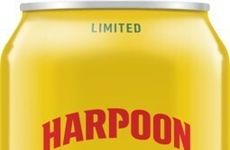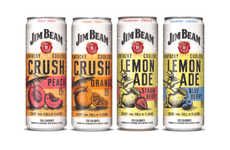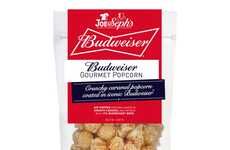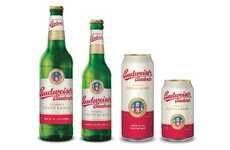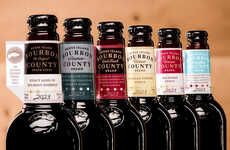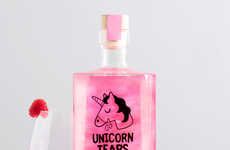
Budweiser and Jim Beam Have Teamed to Create a Reserve Copper Lager
Katherine Pendrill — September 4, 2018 — Lifestyle
References: prnewswire & thedailymeal
Both Budweiser and Jim Beam are iconic American brands, and now the two have joined forces to to create Bud’s newest beer, the Budweiser Reserve Copper Lager.
Just as the name suggests, Budweiser Reserve Copper Lager is a more elevated take on your tradition can of Bud. The new beer boasts a completely different formula than traditional Budweiser, and was crafted at Budweiser’s St. Louis test brewery by brewmaster Pete Kraemer. The beer itself consists of a classic American amber lager, which has been "brewed with two-row barley and aged on charred American oak barrel staves that had previously been used by Jim Beam." The result is a malty, nutty beer, with slight vanilla notes from the barrel staves. A subtle bourbon flavor also comes through, for a full-bodied beer that is perfect for late-summer sipping.
Image Credit: Budweiser.
Just as the name suggests, Budweiser Reserve Copper Lager is a more elevated take on your tradition can of Bud. The new beer boasts a completely different formula than traditional Budweiser, and was crafted at Budweiser’s St. Louis test brewery by brewmaster Pete Kraemer. The beer itself consists of a classic American amber lager, which has been "brewed with two-row barley and aged on charred American oak barrel staves that had previously been used by Jim Beam." The result is a malty, nutty beer, with slight vanilla notes from the barrel staves. A subtle bourbon flavor also comes through, for a full-bodied beer that is perfect for late-summer sipping.
Image Credit: Budweiser.
Trend Themes
1. Co-branded Beers - Opportunity for other brands to collaborate and create unique, elevated versions of popular beer products.
2. Crafted American Amber Lagers - Growing demand for artisanal and specialty beers made with high-quality ingredients and unique brewing techniques.
3. Barrel-aged Beer - Increased interest in beers aged in whiskey or wine barrels to add depth of flavor and complexity.
Industry Implications
1. Beer Brewing - Breweries can explore collaborations with other brands to create novel beer offerings that cater to consumers seeking unique and premium experiences.
2. Alcohol Manufacturing - Opportunity to incorporate whiskey barrel aging techniques into the production of other alcoholic beverages, such as spirits or wine.
3. Food and Beverage Retail - Retailers can capitalize on the trend by showcasing a curated selection of co-branded beers and educating customers about the unique flavor profiles and brewing processes involved.
1.9
Score
Popularity
Activity
Freshness




